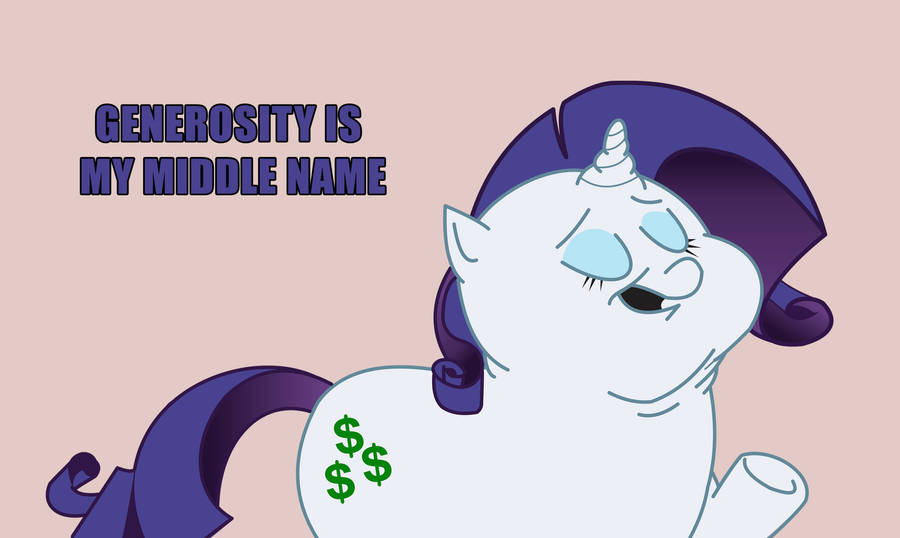ParentsOf4
Well-Known Member
Since I've already been quoted a few times on this thread without actually having posted here, it's probably best if I continue the trend and selectively quote myself in response.If you were to expand the scale of the Y axis the differences wouldn't be so glaring. I'm impressed at the consistency, though. Over a 15 year period occupancy has only varied by 15 points from the low of 76% in 2002 to the peak of 91% for 1Q17. That's amazing. But the 91% occupancy rate is certainly not sustainable. In fact, it's logistically challenged. Not to mention 1Q17 for Disney includes the major holiday period 10/1-12/31 so it's not reflective of an entire year as are the other percentages. It will be interesting to see how many of the upcoming resort expansions will stall if the economy changes direction, much like a now very popular resort sat half constructed for years.
Disney's hotel costs are relatively fixed. A hotel occupancy rate of (say) 70% would be a financial disaster for Disney. Even immediately after 9/11, when tourism plummeted and Disney closed hotel rooms, occupancy bottomed out at 76%. Conversely, profits soar when occupancy hits 90%. Remember, when occupancy is low, it means there are bad things going on in the economy, meaning that Disney has to offer discounts to reach (for example) that 76%. When times are good, occupancy goes up and there are fewer discounts, meaning more rooms are occupied at a higher price, which is why it's so profitable. When you consider all the factors in evaluating hotel occupancy, there really is a narrow band between financial success and failure.
And also:
In 2010 when hotel occupancy was 82%, domestic P&R operating margin was 14.6%.
In 2016 when hotel occupancy was 89%, domestic P&R operating margin was 24.8%.
That 7% swing in occupancy was indicative of the health of Disney's Parks & Resorts segment.
Then we look at DLP, where occupancy was 75% in 2014 and operating loss was 5.1%.
HKDL had an occupancy of 79% in 2016, with an operating loss of 3.7%.
In 2016 when hotel occupancy was 89%, domestic P&R operating margin was 24.8%.
That 7% swing in occupancy was indicative of the health of Disney's Parks & Resorts segment.
Then we look at DLP, where occupancy was 75% in 2014 and operating loss was 5.1%.
HKDL had an occupancy of 79% in 2016, with an operating loss of 3.7%.
Hotel costs are not linear with occupancy, they are relatively fixed. Once operating costs are covered, guests added beyond that represent mostly profit. There's a reason companies like Priceline exist. Hotels are looking to squeeze in a few more guests because those extra guests represent big profits, even at reduced rates.
Remember, when the WDW hotel occupancy rate was 76% in 2002, bad things were happening to the economy. Disney was offering deep discounts to get hotel occupancy to reach 76%.
When the economy is good, occupancy might be up only 15% more but, more importantly, Disney's Per Room Guest Spending (PRGS) is also up. For example, since the occupancy rate's most recent bottom of 79% in 2013, hotel occupancy now stands at 91% but PRGS is up 21.3%. Occupancy is up only 12% but PRGS is up more than 21%. It's not simply the 12% increase in occupancy that matters, it's the extra 21% each Guest is paying per night that matters. Disney's domestic Parks & Resorts operating margin was 24.8% in 2016, so a 21% increase in PRGS is hugely significant to Disney's bottom line.
For most of its first two decades, WDW consistently ran at a near-100% occupancy rate. Disney had so few hotel rooms that Guests were desperate to book whatever was available. They'd book an odd night or two in September because that was the only thing they could get.
Disney started a hotel building bonanza in 1988 with the opening of the Grand Floridian and Caribbean Beach Resort; things haven't been the same ever since.
This is also around the time Disney started significantly increasing hotel rates. Until Michael Eisner became CEO in 1984, it was possible to book a tower room at The Contemporary for today's equivalent of around $200-250/night. I promise you that if today's Contemporary rack rate averaged $225/night, it would be 100% full year-round.
Last edited:

